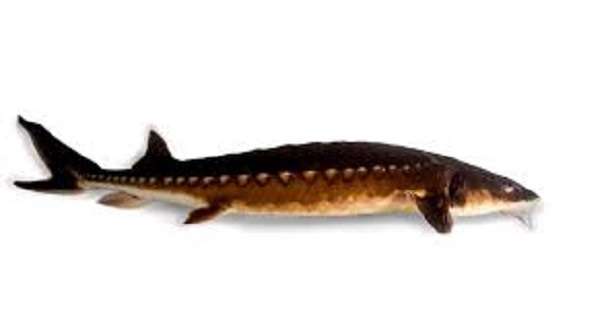REVIEW POTPOURRI: Music Potpourri
 by Peter Cates
by Peter Cates
Tiny Bradshaw
Singer Tiny Bradshaw (1907-1958) was an important figure in the development of what came to be known as rhythm and blues. A 1951 King label (4447) ten-inch 78 rpm record features him vibrantly vocalizing two blues selections – Brad’s Blues; and Two Dry Bones on the Pantry Shelf – with very leisurely paced but riveting backup instrumentalists who convey a very powerful sense of oneness with his singing.
Theresa Brewer
Teresa Brewer (1931-2007) will forever be associated with Music! Music! Music! which she recorded first for London records in 1949, a second time for Coral in 1953 and a third time in 1962 in Europe for the Dutch label Philips.
A 1952 ten-inch 78 rpm, also on Coral, features her peppery singing of two novelty songs, Ricochet; and Too Young to Tango. Her arranger/conductor is Jack Pleis (1917-1990) who provided exquisite backdrops for some of Kitty Kallen’s best records from the 1950s – Little Things Mean a Lot, In the Chapel in the Moonlight, I’m Old Fashioned.
Reginald Kell
I have a 1940 Victor Red Seal 78 rpm set of four 12-inch fragile records featuring clarinetist Reginald Kell (1906-1981) performing Mozart’s Clarinet Concerto, a piece composed towards the end of that genius’ much too short life before he died at the age of 35, in 1791, from a variety of health problems, was bedridden the last two or three months, and buried in an unmarked pauper’s grave.
The Concerto was the 622nd among his almost 800 works and was yet one more incredible example of quantity of work combined with quality.
Kell collaborated with Sir Malcolm Sargent (1895-1967) and the London Philharmonic where he had been principal clarinetist since 1932 when Sir Thomas Beecham (1879-1961) hired him, oboist Leon Goosens (1897-1988) and several other brilliant ensemble virtuosos and transformed the orchestra into the finest group for recording purposes during the 1930s.
Kell eventually moved to the U.S. where he numbered among his pupils the legendary Benny Goodman (1909-1986).
With respect to the Mozart Concerto, Kell was noted for a very expressive vibrato in his playing but very strangely, I found the performance of the Mozart rather bland.
Along with the Brewer and Bradshaw 78s, it too can be heard via YouTube.
Franklin & Eleanor Roosevelt
Hundreds of books have been written about Franklin (1882-1945) and Eleanor Roosevelt (1884-1962) but I do share two items of possible interest:
In 1974, noted journalist Jim Bishop (1907-1987), who was acclaimed for his The Day Lincoln Was Shot and The Day Kennedy Was Shot, published FDR’S Last Year: April 1944-April 1945, which revealed much previously unknown information about the 32nd president’s declining health in an immensely fascinating book of more than 500 pages and was critically acclaimed.
Secondly, South China’s most famous native and the Quaker founder of the American Friends Service Committee, Rufus Jones (1863-1948), was friends with Eleanor and former President Herbert Hoover.



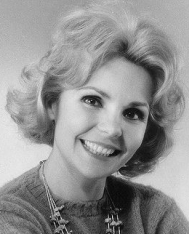

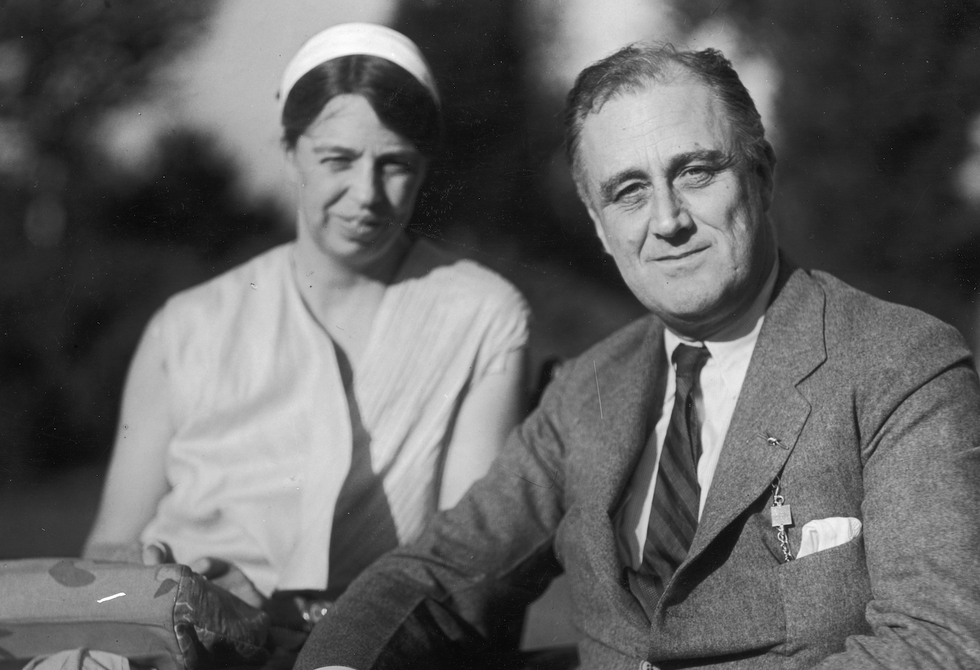
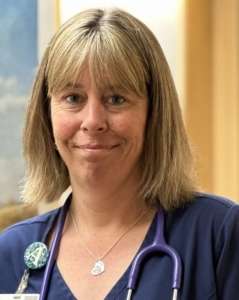
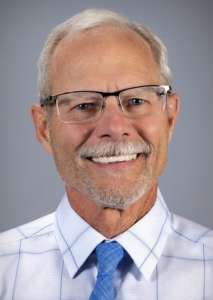
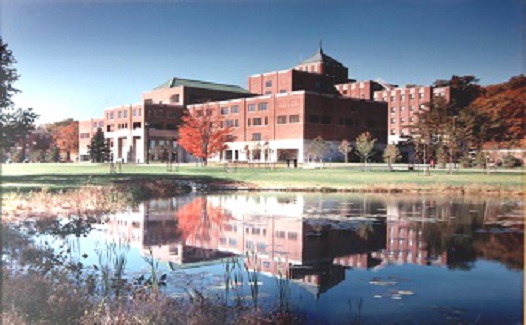


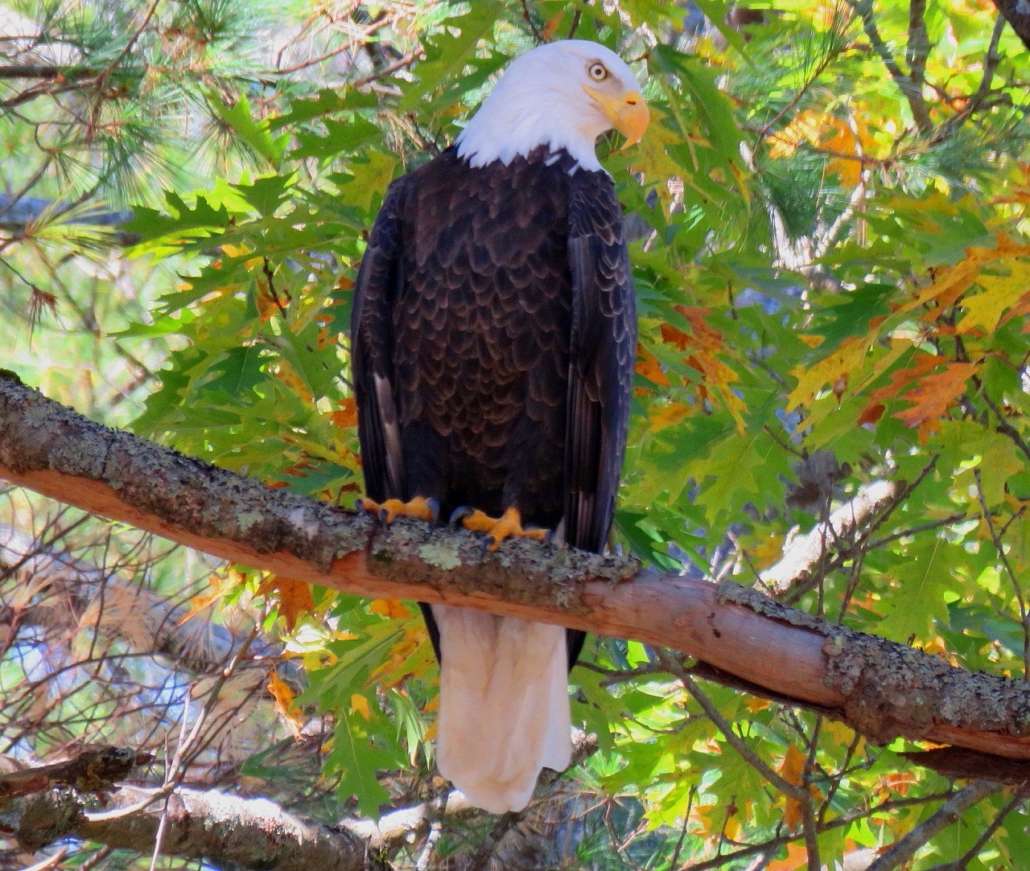
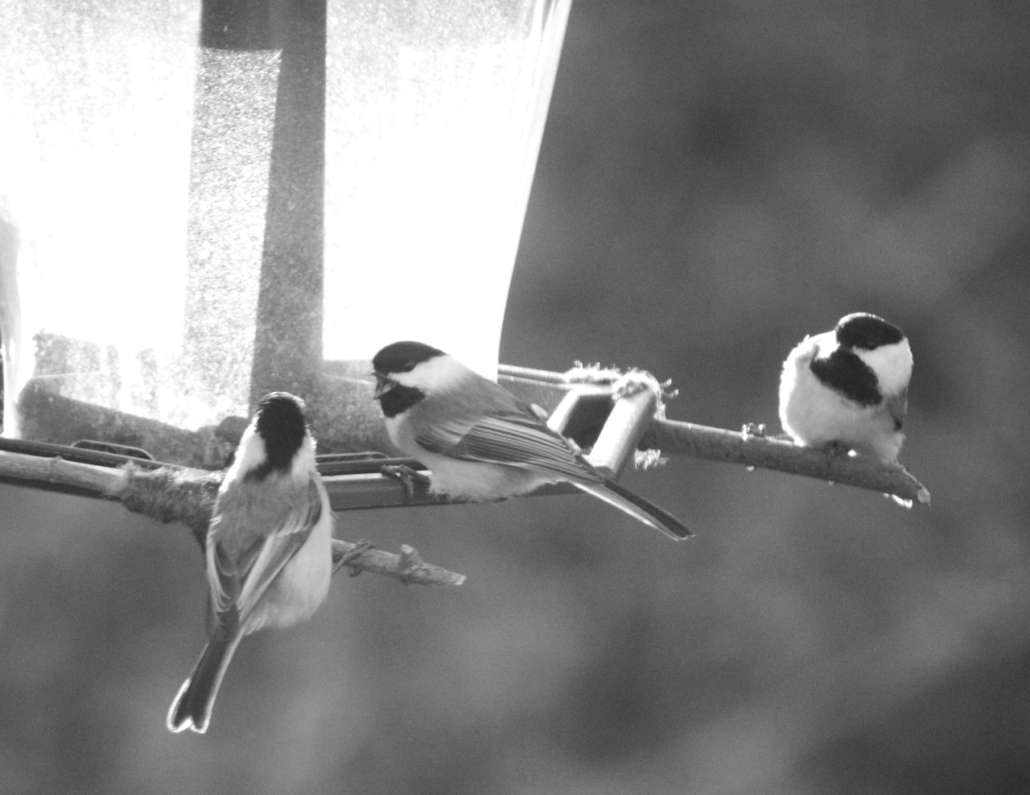
 Many families may be surprised at how much young adults need health insurance—and how easy it can be for them to get it.
Many families may be surprised at how much young adults need health insurance—and how easy it can be for them to get it.



